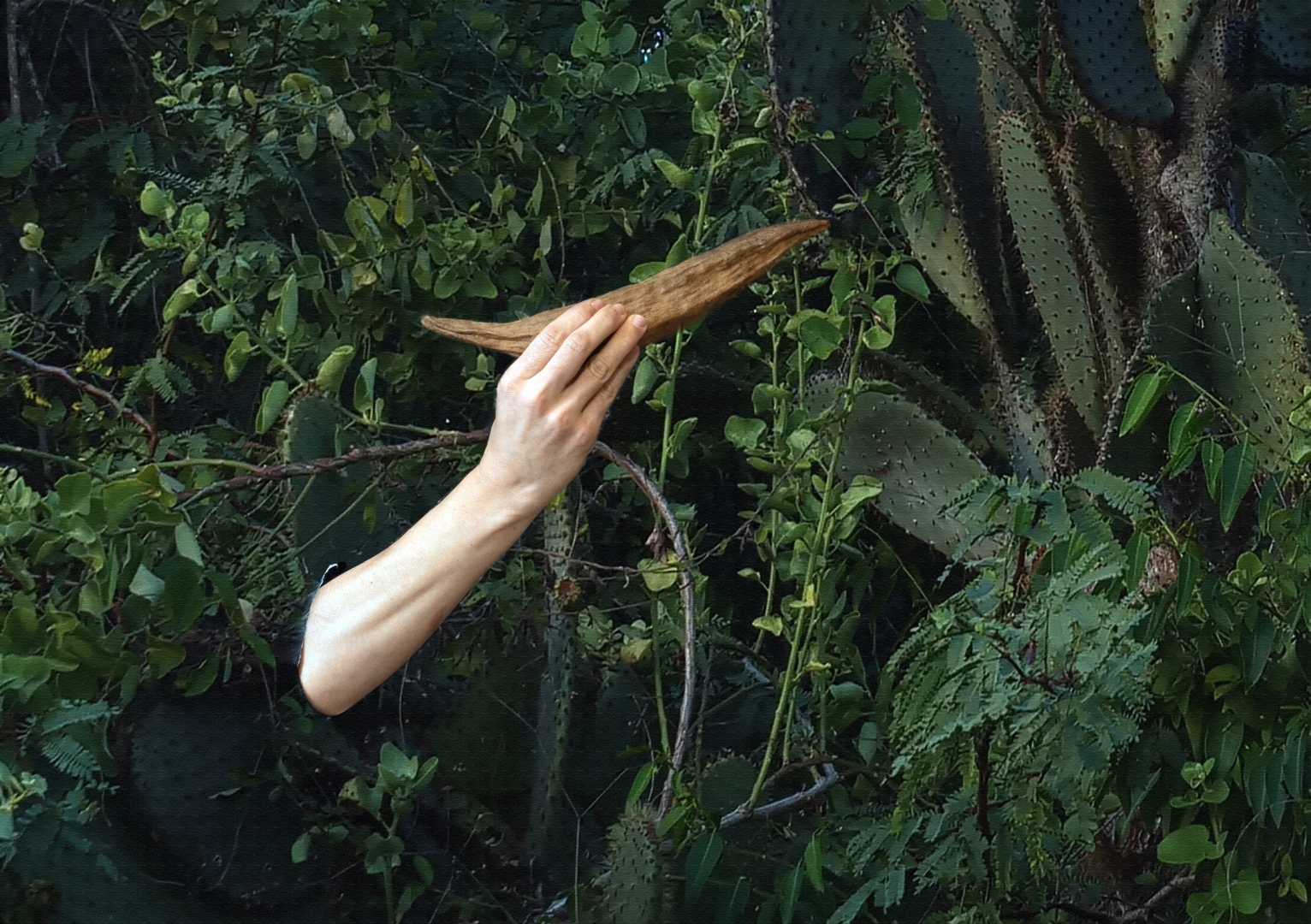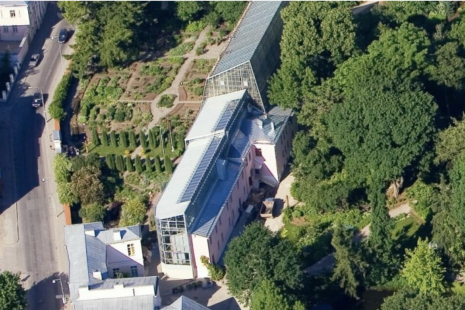The starting point of this project was the discovery by Justine Blau of the Sicyos villosus, a now extinct species of the gourd family, collected by Charles Darwin during his expedition on the Beagle in the 1830s. When she read that scientists hoped to recreate the plant using biotechnology and the DNA of the herbarium specimen, she set out to explore what it meant to “bring species back to life”. With the Sicyos villosus as a guide and companion, Blau investigates our relationship with the living world as well as some of our preservation strategies.
The works of art drawn from this research will be presented as part of the programme of the European Capital of Culture Tartu 2024 in the greenhouses of the University of Tartu Botanical Garden. Photographs, videos, and sculptures come to stay alongside the plant realm, challenging it by their presence, while at the same time blending into the environment. The show intends to examine some of the nature-culture interplays and dilemmas with works involving magic tricks, preserved soap bubbles and depression gardens made of salt. It also includes documentation of herbaria and seedbanks throughout Europe, as well as real and fictional accounts from the Galápagos Island, where Darwin partly outlined his theory of evolution.
Contemplating the role of the Botanical Garden as a preservation and science place, the exhibition creates a dialogue between art and science, dealing with the roots of natural history, science as a practice and an outlook on the world, as well as concerns with biodiversity and extinction. Using the digitised herbarium version of Sicyos villosus as a substitute, the artist aims to explore the photographic medium’s capacity for reincarnation and remembrance.
The title of Blau’s exhibition and the eponymous book, which is released this June by the Berlin-based publisher K. Verlag, Veil of Nature, refers to Heraclitus’s famous quote “phusis kruptesthai philei”, usually translated as “nature loves to hide”, of which French philosopher Pierre Hadot (1922-2010) has traced its successive interpretations in his book The Veil of Isis. An Essay on the History of the Idea of Nature (2004).
The exhibition is part of the Arts of Survival Creative Nature Festival and belongs to the main programme of European Capital Tartu 2024. The exhibition is supported by Kultur | lx – Arts Council Luxembourg, The Ministry of Culture / The Luxembourg Government, City of Tartu, Cultural Endowment of Estonia.





